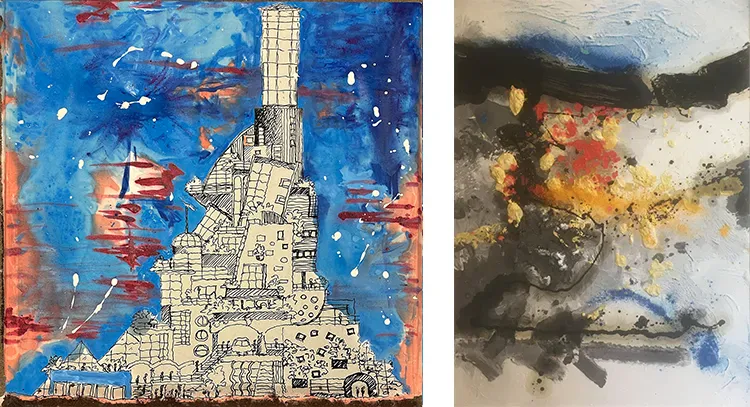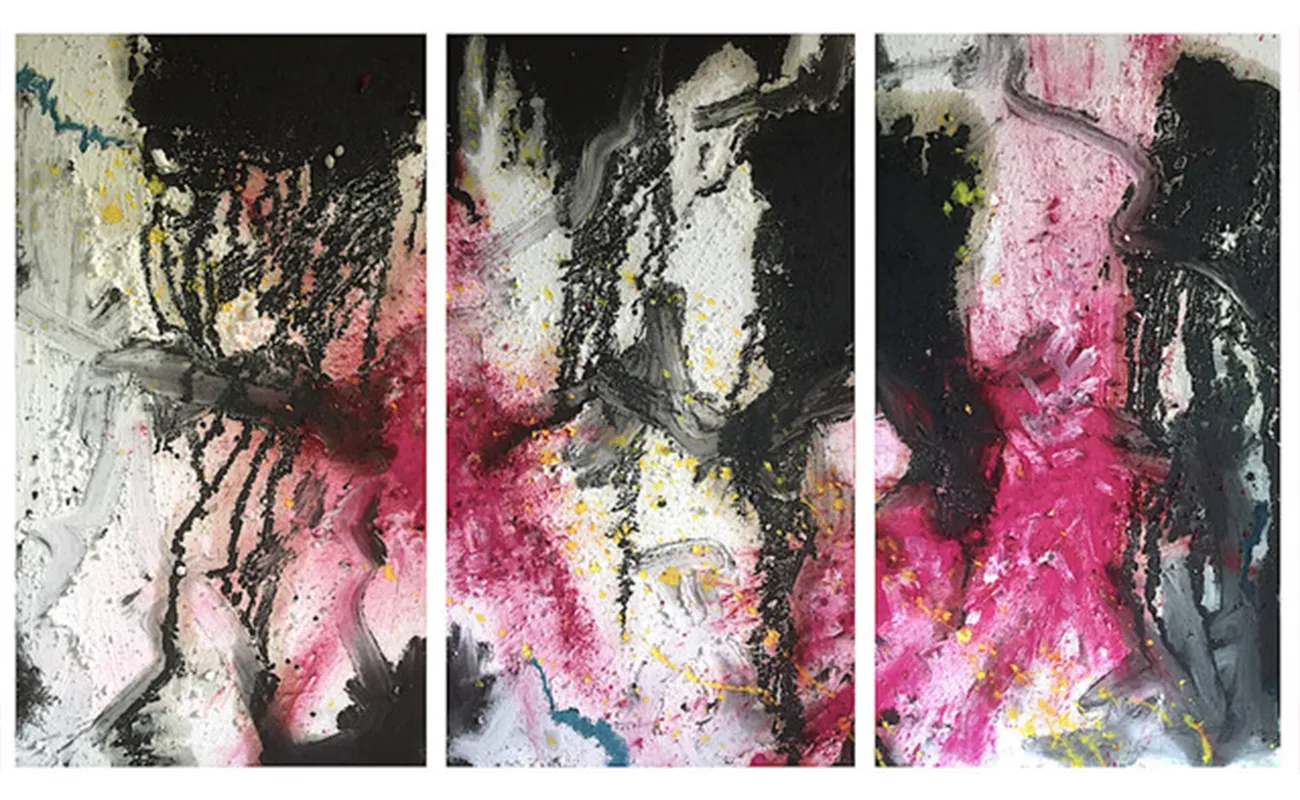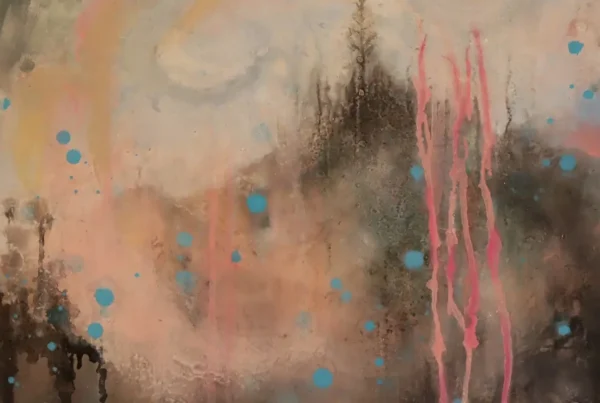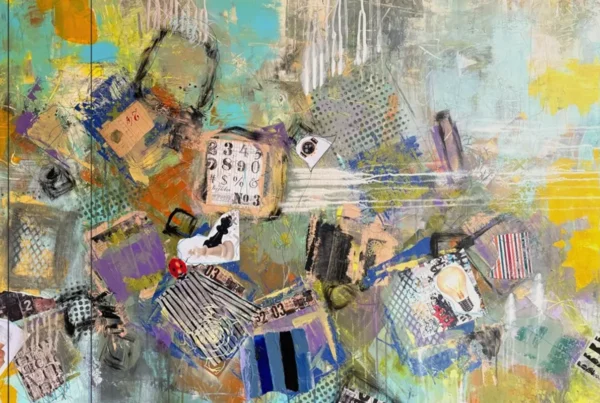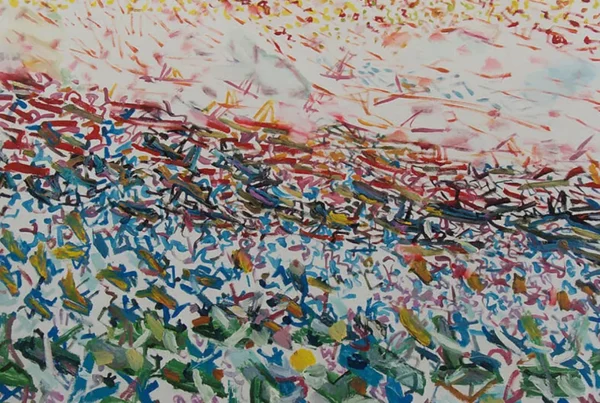“I see how people react to my work – how they see things or how they start to dream or whatever but I believe this is extremely important since we need to train our brains in abstract thinking in order to be able to “survive” as humans.”
A Life of Creative Beginnings
Niels Peter Flint‘s journey into the world of art and design started at a remarkably young age. As a child, he was already deeply immersed in creating, building entire cardboard villages where he and his friends would play. By the age of ten, he was decorating school performances and parties, constantly engaging in creative activities. This early exposure laid the foundation for his future career, instilling a lifelong passion for artistic expression and innovation. Flint’s inherent drive to create and explore set him on a path that would eventually lead to significant contributions in sustainable design and architecture.
Growing up, Flint’s fascination with design and the natural world grew stronger. He saw the potential for design to not only create beautiful spaces but also address environmental challenges. This dual passion led him to pursue a career that seamlessly blended art, design, and sustainability. His early experiences and projects were instrumental in shaping his unique approach, one that prioritizes ecological considerations alongside aesthetic and functional elements. Flint’s dedication to sustainability was ahead of its time, pushing boundaries in an industry that often overlooked environmental impacts.
Flint’s innovative spirit was evident from the beginning. After leaving the renowned Sottsass Associati design studio in Milan, he focused on integrating sustainability into every aspect of his work. He faced numerous challenges, particularly the lack of awareness and interest in sustainable practices. However, his persistence and creativity enabled him to overcome these obstacles. Flint founded O2 International, a design network dedicated to sustainability, fostering collaboration and promoting environmentally responsible practices. This initiative was pivotal in his efforts to educate and inspire others about the benefits and importance of sustainable design.
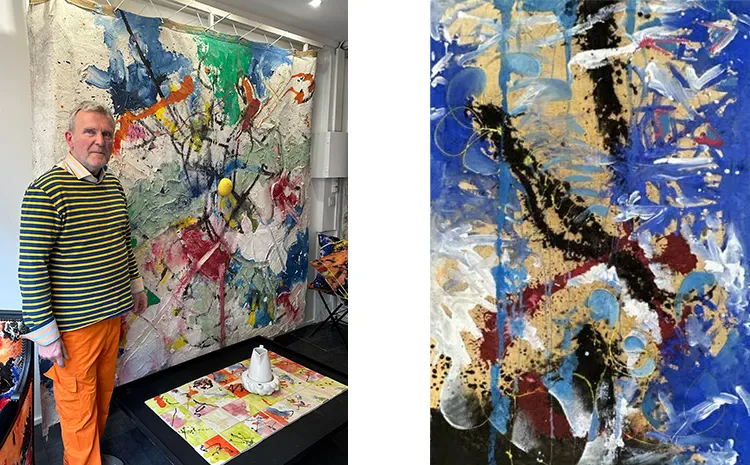
Niels Peter Flint: Art and Sustainability Interwoven
Niels Peter Flint’s body of work showcases a seamless integration of art and sustainability, reflecting his innovative approach to design. His projects, such as THE WONDERWORLDCOMPODO and WORLDBY, exemplify this unique blend. THE WONDERWORLDCOMPODO, exhibited at ARS Electronica in 2011, is a thought-provoking project that merges art, design, and sustainability. It encourages viewers to reflect on their relationship with the environment, highlighting Flint’s commitment to using art as a medium for social and environmental commentary.
WORLDBY is another significant project that embodies Flint’s vision for the future. Initiated in 2005 during his time at the EXPERIENCE DESIGN LAB in India, this ongoing project envisions innovative living structures that are both sustainable and inspiring. WORLDBY has been featured in various exhibitions, continually evolving to incorporate new ideas and technologies. Both projects demonstrate Flint’s dedication to pushing the boundaries of conventional design, creating solutions that are not only functional but also environmentally conscious and artistically engaging.
Flint’s work extends beyond traditional design and architecture, delving into stage design and other artistic endeavors. He believes that integrating art into design enhances both the emotional and cultural dimensions of a space, making it more holistic and impactful. In stage design, this integration becomes even more dynamic, as it involves creating immersive environments that engage the audience on multiple levels. Flint’s goal is to create spaces that are not only sustainable but also inspiring, fostering a deeper connection between people and their surroundings.
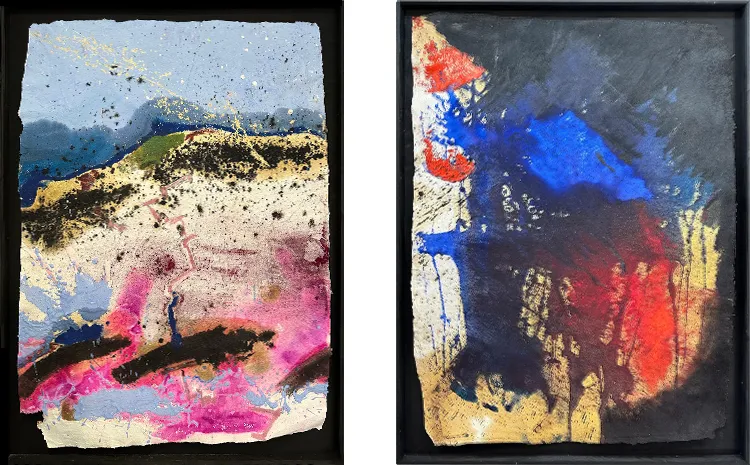
Innovations and Influences in Flint’s Work
Niels Peter Flint’s artistic style is characterized by two distinct themes: Radical Sustainable Innovate Art and Cosmic Chaos Creations. The former encompasses projects like THE WONDERWORLDCOMPODO, where Flint explores radical solutions to global challenges through art that often blurs the lines between design and architecture. He prioritizes communication of the themes he works with, regardless of how his work is categorized. This approach allows him to address significant issues in innovative and engaging ways, challenging conventional perspectives and encouraging new ways of thinking.
Cosmic Chaos Creations, on the other hand, focuses more on image-based works that utilize a variety of sustainable materials. These large-scale artworks, such as the MERDE MAGIC series, address critical environmental topics like soil erosion. Flint’s use of composted feces in these pieces has sparked both positive and negative reactions, highlighting people’s discomfort with certain environmental issues. This reaction underscores Flint’s belief in the importance of confronting real topics through abstract art, prompting viewers to engage with challenging subjects in a more imaginative and reflective manner.
Flint’s creative process is deeply personal and meditative. He often works on autopilot, allowing his subconscious to guide his creations. This intuitive approach is reflected in the abstract nature of his work, which he believes is crucial for developing human creativity and spiritual imagination. Flint’s preference for working in natural settings, often outdoors and in the sun, further emphasizes his connection to the environment. He creates his materials whenever possible, ensuring that his art remains deeply rooted in sustainability and personal expression.
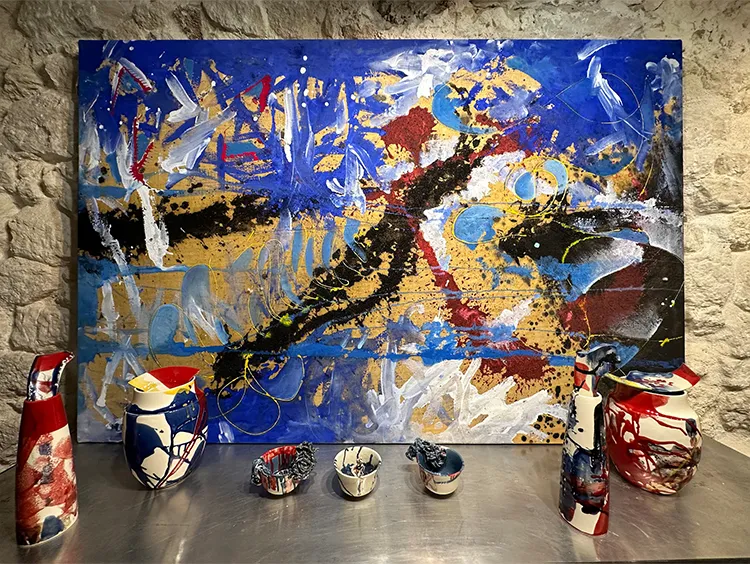
Niels Peter Flint: Global Perspectives and Future Visions
Niels Peter Flint’s extensive international experience has significantly influenced his approach to design and sustainability. Working in various countries has provided him with a global perspective, allowing him to draw from diverse cultural influences and adapt to different environmental contexts. This adaptability is a cornerstone of his work, enabling him to develop solutions tailored to specific local challenges while maintaining a broader vision for sustainable design.
Flint’s collaboration with Arapaha represents a significant milestone in his career. This partnership focuses on developing innovative products from recyclable bioplastics, pushing the boundaries of sustainable materials. It aligns perfectly with Flint’s commitment to sustainability and opens new creative avenues for exploring the potential of eco-friendly alternatives. This collaboration is a testament to Flint’s continuous pursuit of innovation, contributing to the broader movement towards sustainable production practices and highlighting the importance of collaboration in achieving environmental goals.
Looking ahead, Flint envisions creating Cosmic Chaos Societies or Communities around the world, inspired by his experience at Burning Man. These communities would blend natural solutions with advanced technology, creating utopian spaces that showcase the possibilities of sustainable living. Flint’s dream is to build environments that inspire and educate, fostering a global network of individuals dedicated to making a positive impact. This vision encapsulates his lifelong mission to integrate sustainability into every aspect of design, art, and architecture, driving forward the conversation on what it means to create a truly sustainable future.
